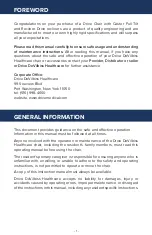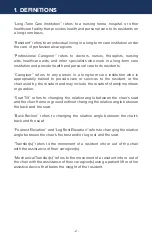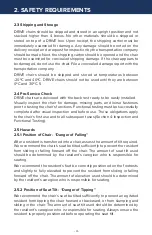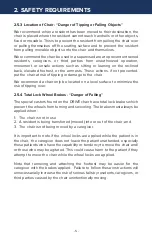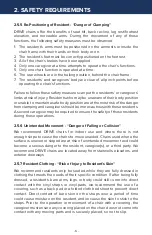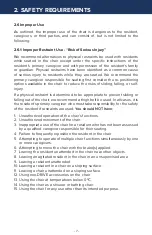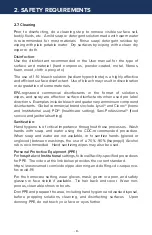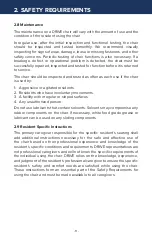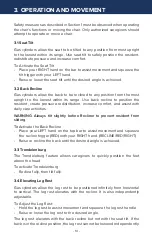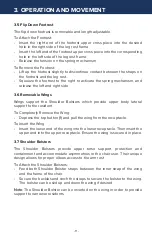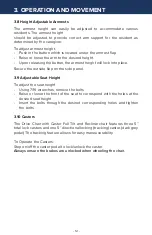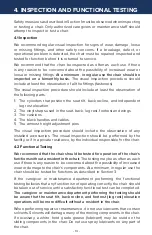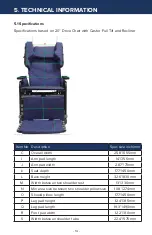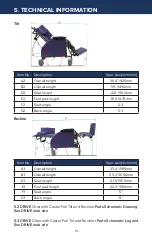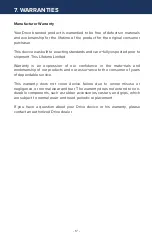
- 2 -
“Long-Term Care Institution” refers to a nursing home, hospital, or other
healthcare facility that provides health and personal care to its residents on
a long-term basis.
“Resident” refers to an individual living in a long-term care institution under
the care of professional caregivers.
“Professional Caregiver” refers to doctors, nurses, therapists, nursing
aids, healthcare aids, and other specialists who work in a long-term care
institution and provide health and personal care to its residents.
“Caregiver” refers to any person in a long-term care institution who is
appropriately trained to provide care or services to the resident, or the
chair used by the resident and may include the resident’s family members
or guardian.
“Seat Tilt” refers to changing the relative angle between the chair’s seat
and the chair frame or ground without changing the relative angle between
the back and the seat.
“Back Recline” refers to changing the relative angle between the chair’s
back and the seat.
“Footrest Elevation” and “Leg Rest Elevation” refers to changing the relative
angle between the chair’s footrest and/or leg rest and the seat.
“Transfer(s)” refers to the movement of a resident into or out of the chair
with the assistance of their caregiver(s).
“Mechanical Transfer(s)” refers to the movement of a resident into or out of
the chair with the assistance of their caregiver(s) using a patient lift or other
assistive device that bares the weight of the resident.
1. DEFINITIONS



